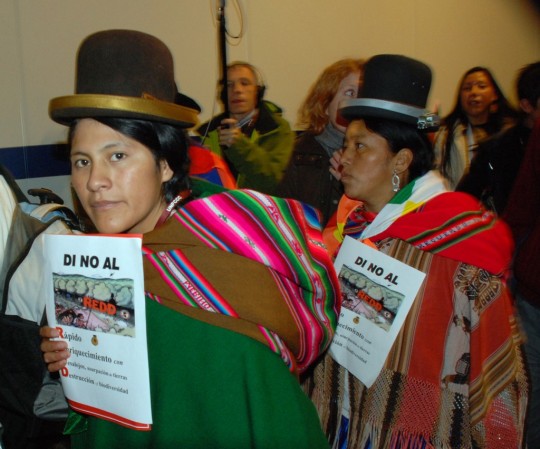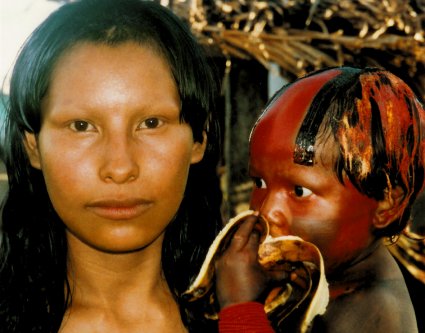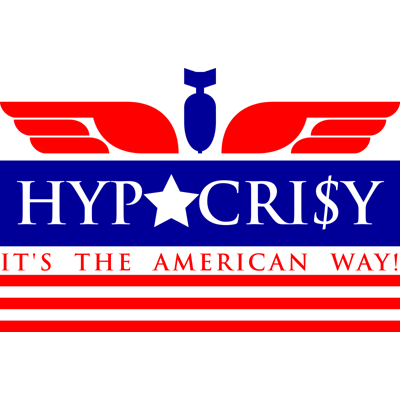Mar 07
20124
Avaaz, The International Campaign to Destabilize Syria, The War on Libya - There Was No Evidence
Avaaz Gaddafi Kosovo Libya Militarism Syria Tom Perriello War
The Grotesque and Disturbing Ideology at the Helm of Avaaz

Imperialism under the guise of humanitarianism – the 21st Century Theme within the Non-profit Industrial Complex
In the 2012 winter issue of ‘Democracy Journal’ Avaaz Co-founder and former U.S. Representative Tom Perriello penned a grotesque and delusional article (below) titled “Humanitarian Intervention: Recognizing When, and Why, It Can Succeed”.“As far as America’s war against terrorism is concerned [the] senator provides unequivocal support to Barrack Obama.” – The Perriello of Congress website
The views within the article are a complete reflection and validation of the U.S. administration’s rhetoric intended to justify the annihilation and occupation of sovereign states under the false pretense of “humanitarian intervention” and “responsibility to protect”.
Make no mistake, this is the ideology of the world’s most powerful NGO, that of Avaaz, and the matrix of NGOs within the non-profit industrial complex.
Next week we will begin publication of our investigative report on Avaaz, the Avaaz co-founders, the Avaaz corporate media partners, the Avaaz strategy, and finally, the role Avaaz played in the NATO-led annihilation of Libya, which, prior to the strategically planned and unprovoked invasion by Imperialist states, held the highest standard of living in Africa. This slaughter has left as many as 150,000 Libyans dead. NGOs must be held accountable for paving the way for these crimes against humanity.
Humanitarian Intervention: Recognizing When, and Why, It Can Succeed
Tom Perriello
The use of force always entails grave dangers and human costs, and progressives have been leery particularly since the Vietnam era of supporting it, even to prevent or end mass atrocities, repression, and other systematic human suffering. Wise leaders will always remain wary of war. But wisdom also requires us to acknowledge two dramatic changes in our ability to use force for good. First, in a single generation, our ability to intervene without heavy casualties has improved dramatically. Second, the range of diplomatic and legal tools for legitimizing such interventions has likewise expanded. During this same period, we have been reminded tragically of the real and staggering human cost of inaction, most notably in the 800,000 lives lost in Rwanda. The tendency to feel less moral responsibility for the results of inaction and to overvalue the risks of acting in difficult situations is natural, but it is ultimately indefensible.
These new conditions present progressives today with a historic opportunity—to embrace a slight tipping of the scales toward action in the age-old balance between the horrors of the world and the horrors resulting from the military actions that might prevent them. This shift should be seen more as a marginal adjustment than as a dramatic ideological recalibration, but this new-generation understanding can mean the difference between paralysis and action. →







